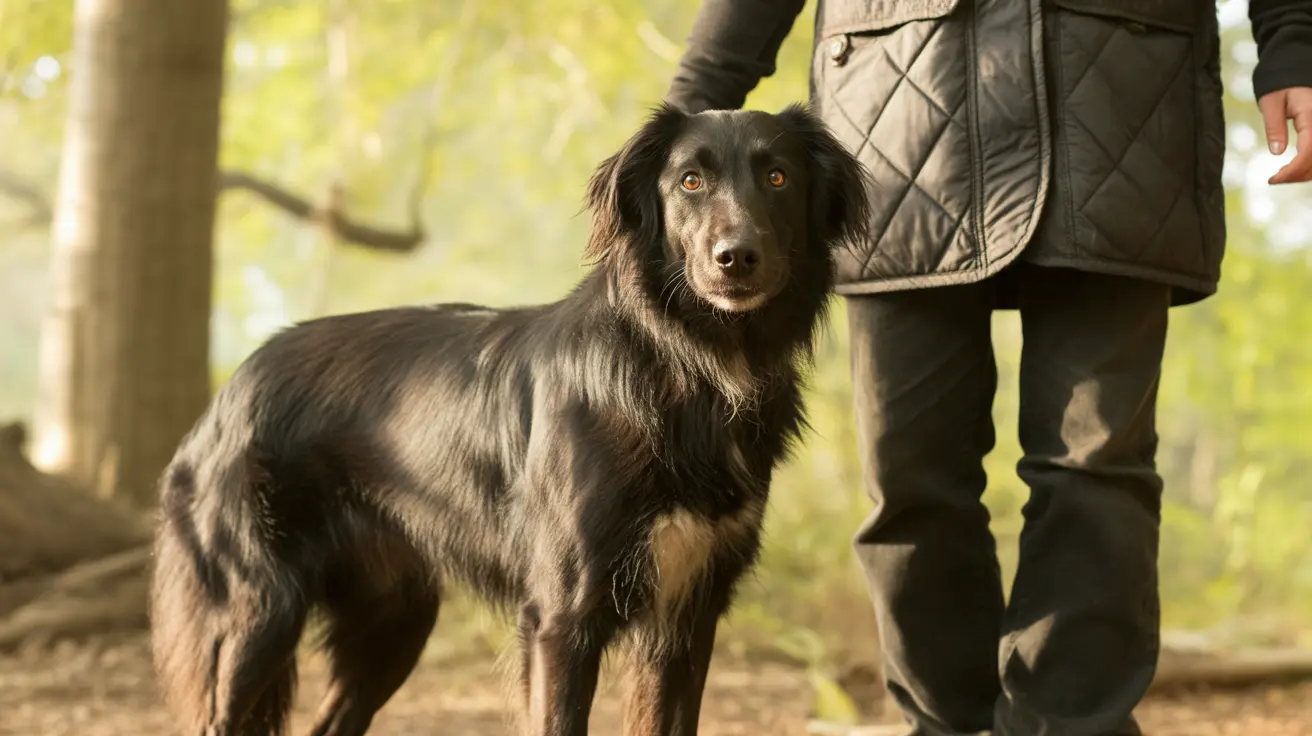Understanding How Dogs Develop Hyperkeratosis
Hyperkeratosis in dogs is a condition involving the abnormal thickening and hardening of the skin due to excessive production of keratin—a protein integral to the skin, nails, hair, and paw pads. This condition most frequently affects a dog’s paw pads or nose, presenting as dry, crusty, and even frond-like skin that may crack, bleed, or become infected.
Causes of Hyperkeratosis in Dogs
Understanding the underlying causes can help manage or even prevent this condition. The primary causes include:
- Genetic Predisposition: Certain breeds are more likely to develop hereditary hyperkeratosis. These include English Bulldogs, French Bulldogs, Boxers, Labrador Retrievers, Cocker Spaniels, Irish Terriers, Dogues de Bordeaux, Basset Hounds, Beagles, and Boston Terriers.
- Congenital Forms: In some young dogs, spontaneous hyperkeratosis can appear between 4 to 9 months of age due to inherited conditions.
- Aging: Senior dogs may develop hyperkeratosis over pressure points, especially from frequent lying down, leading to thickened skin in areas like elbows and hips.
- Autoimmune Diseases: Conditions such as pemphigus foliaceus and lupus erythematosus can cause skin abnormalities including hyperkeratosis.
- Infectious Diseases: Canine distemper and leishmaniasis are two infections that can trigger hyperkeratosis through systemic impacts on the immune and skin systems.
- Nutritional Imbalances: Deficiencies, particularly in zinc, can lead to a subtype called zinc-responsive dermatosis, especially in fast-growing large breeds or those with poor nutrient absorption.
Common Symptoms
If your dog has hyperkeratosis, you may observe the following:
- Thickened, hard, or crusty skin on paw pads or nose
- Dry, cracked, or bleeding skin that may ulcerate
- Frond-like or feathered projections from the skin
- Pigmentation loss or pinkish discoloration
- Pain, discomfort, or limping due to pressure on affected areas
- Increased licking or chewing of the paws and nose
- Potential bacterial or fungal secondary infections
Diagnosing the Cause
Veterinarians diagnose hyperkeratosis through physical examination and may conduct tests such as:
- Bloodwork and urinalysis to identify systemic issues
- Skin biopsies to confirm underlying autoimmune or infectious causes
- Evaluation for secondary infections caused by cracked or damaged skin
Identifying the root cause is critical since treatment varies between idiopathic, hereditary, and disease-related cases.
Treatment and Management
While hereditary or idiopathic hyperkeratosis has no cure, proper management can significantly improve your dog’s comfort. Key treatment methods include:
- Topical Treatments: Emollients, keratolytic agents like urea, salicylic acid, or propylene glycol to soften and remove excess keratin
- Professional Trimming: Filing down thickened areas to reduce discomfort—only under veterinary supervision
- Soaking: Warm water or Epsom salt foot soaks to soften build-up before treatment
- Infection Control: Antibiotics or antifungals to treat secondary infections from cracked skin
- Dietary Support: Providing adequate zinc and essential fatty acids to support skin health
- Addressing Underlying Diseases: Immunosuppressants or antiparasitic medications depending on the diagnosis
Preventive Care Tips
While not all cases of hyperkeratosis can be prevented, especially genetically inherited ones, you can still take steps to reduce risk and manage early signs:
- Routine Monitoring: Regularly examine your dog’s paws and nose for changes
- Good Nutrition: Provide a well-balanced diet rich in vitamins and minerals
- Protection: Avoid harsh surfaces or chemicals that could damage sensitive skin
- Vaccination and Parasite Control: Prevent infectious causes like distemper or leishmaniasis
- Moisturizing Care: Use pet-safe nose and paw balms as part of your dog’s grooming routine
Living with the Condition
With ongoing veterinary care and consistent at-home management, most dogs with hyperkeratosis can enjoy a high quality of life. Early detection, proper diagnosis, and targeted treatment plans make all the difference, whether the condition is congenital or acquired.
Always consult a veterinarian if you notice unusual changes in your dog’s skin or behavior. Prompt intervention can help mitigate pain, prevent complications, and promote long-term health and comfort.





